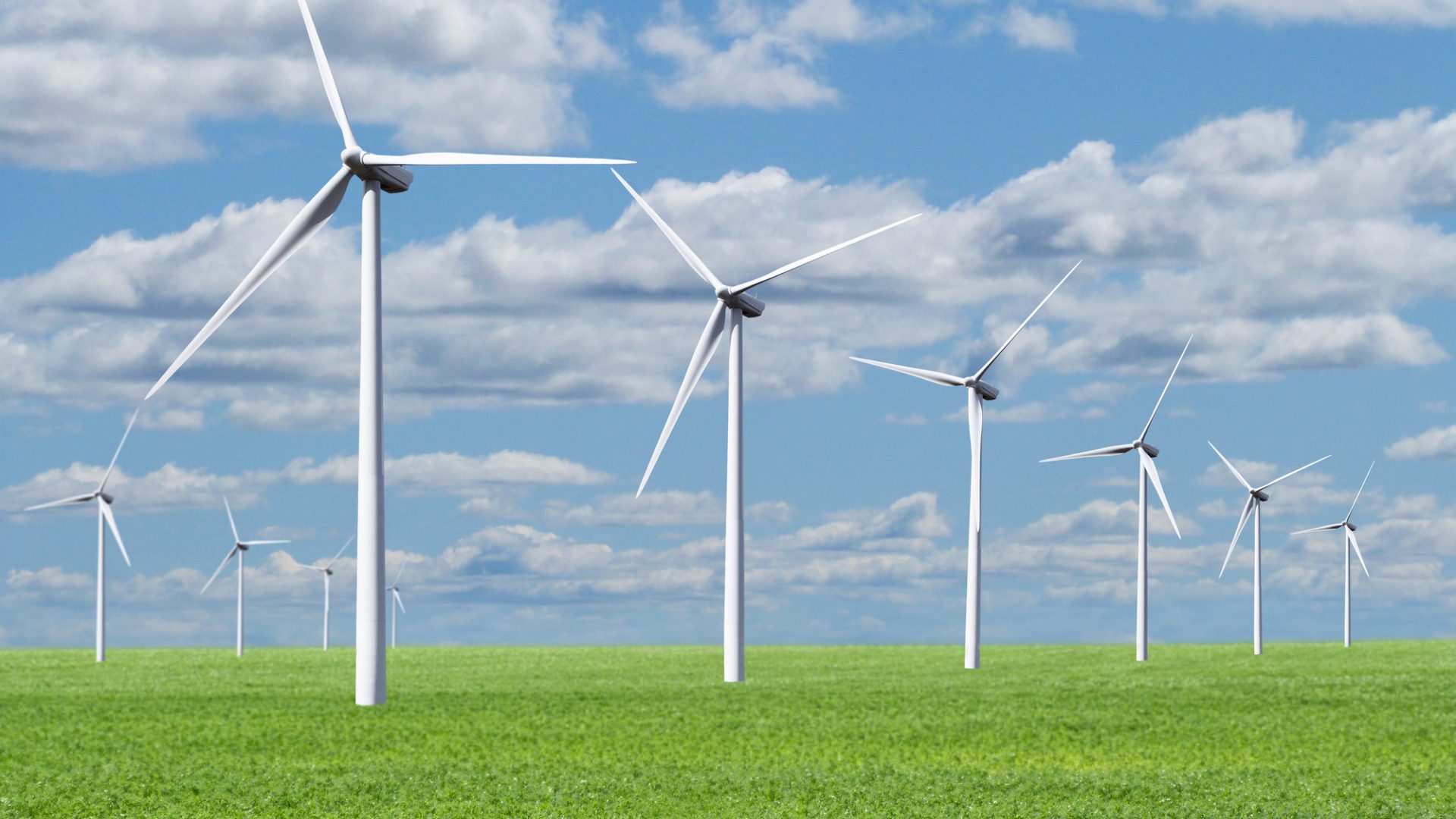The International Institute for Applied Systems Analysis (IIASA) researchers explored optimal pathways for managing groundwater and hydropower trade-offs for different water availability conditions as solar and wind energy by using California as a case study.
According to the work published in Nature Communications, Solar and wind energy enhances drought resilience and groundwater sustainability, benefits of solar and wind energy within the water-food-energy nexus are still poorly understood, but the research found an optimization of trade-offs between energy and food production, as well as for improvements in resilience to drought and sustainability of water resources.
“Solar and wind energy in California will enhance drought resilience and benefit groundwater sustainability and therefore will create added value to both energy and food production,” said study lead author Xiaogang He, an alumnus of the 2017 IIASA Young Scientists Summer Program (YSSP). He is currently a postdoctoral fellow in Civil and Environmental Engineering at Stanford’s Water in the West program, and an incoming assistant professor in the department of Civil and Environmental Engineering at the National University of Singapore.
The authors explain that the benefits of solar and wind energy were usually assessed in terms of fossil fuel replacement and air pollution reduction. Based on their analysis, the authors found that increased solar and wind energy penetration can also enhance drought resilience and groundwater sustainability by diverting surface water from hydropower to irrigation, and therefore reducing groundwater abstraction.
“The study highlights co-benefits between energy provision and the environment in the sense that maintaining groundwater sustainability can partially offset the impact of groundwater regulations, such as the recently passed Sustainable Groundwater Management Act, on agricultural revenue loss,” said coauthor Justin Sheffield, a professor of Hydrology and Remote Sensing at the University of Southampton in the UK.
According to the researchers, their aim was to determine how to identify the optimal pathways of managing groundwater and hydropower trade-offs with respect to different water availability conditions under the influence of increased penetration of solar and wind generation in the energy mix. Their results indicate that combining solar and wind energy with hydropower systems may achieve an under-appreciated mutual benefit for the water-food-energy nexus.
In the study, California was used as a case study to develop a trade-off frontier framework to quantify the water sustainability value of solar and wind energy. However, the researchers cautioned that this modeling framework represents how California as a whole would respond to future increases in the use of renewable energy sources, which means that policy recommendations should be viewed with care if this framework is to be applied at smaller scales.
Related to this, the authors say that current economic analysis could be extended to incorporate social welfare by calculating the present value of current and future revenues of groundwater uses. The authors emphasize that the importance of using an integrated modeling framework across disciplines to address the intertwined issues on water, food, and energy, cannot be overemphasized.
“The undiscovered and under-appreciated social value of solar and wind energy can help develop impact pathways into policy support and lead to positive practical changes for sustainable water and food security,” said coauthor Peter Burek, a researcher in the IIASA Water Program. “Our framework is sufficiently flexible that it could be applied to better manage water-food-energy trade-offs in developing regions and facilitate progress towards the UN Sustainable Development Goals (SDGs).”









